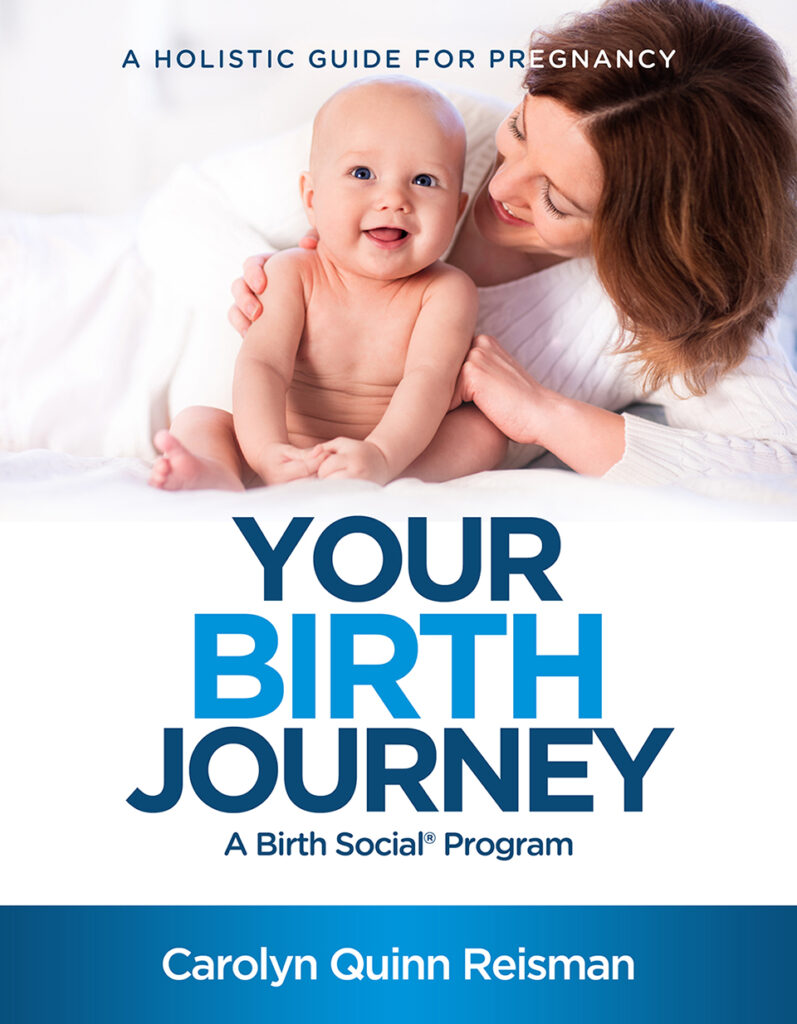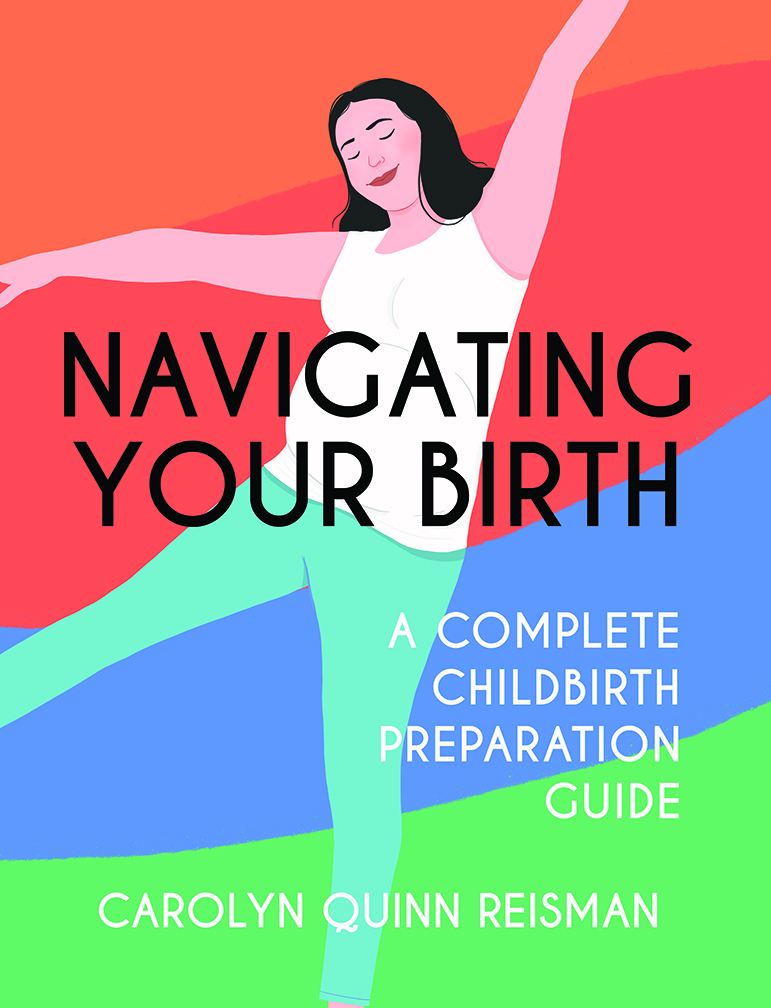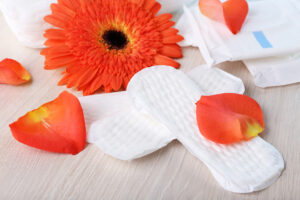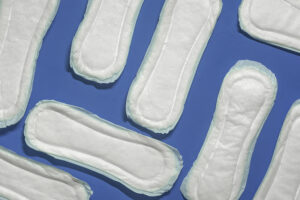There is no fast rule about getting in the tub. Generally speaking, the further a woman is into her labor progress, the harder it is to disrupt the labor flow or strength. Most women benefit from waiting until they are about 6 cm dilated, as water can slow things down in the early stages of labor. Once you hit active stage labor, at about six cm, the water will be more effective at relaxing you.
That doesn’t mean you shouldn’t use water as a relaxation tool in early labor. One woman might benefit from the warmth of the water if she is experiencing long, prodromal labor. It might be just enough to help her relax and open. Another woman may need the water’s warmth to help her sleep so that she can regenerate for the work ahead. Use the water in early labor, if needed, for short periods, just enough to give you the moments of relaxation you need. If you have a bathtub, use that instead. Save the heat in the pool! Showers in early labor are also soothing.
Be sure to discuss any contraindications with your provider before getting in the pool, such as active herpes, untreated skin infections, or rupture of membranes without active labor.
The Too Early Story
One first-time mother I cared for years ago for her pregnancy and birth planned a beautiful water birth in her small, one bathroom apartment. Her support team included a friend, sister-n-law, and her mother. When I received a call in the middle of the night, I arrived at her home, finding her in the birth pool set up in the middle of a small, empty dining area. The candles were lit, soft music was playing, and her birth team was all gathered around her sitting on chairs and gazing at the beauty of her naked body swaying in the water. Her contractions were about every five minutes or so, and each one peaked gently.
After some time, I asked her to get out so I could check her dilation. She was two centimeters. I asked her to stay out of the tub, get some sleep, and ask the birth team to go home. I went home, and about two hours later, I was called again. I walked into the same beautiful scene. Again, I found she was only two centimeters. My birth assistant and I went out to breakfast to discuss a plan.
We went back to her home and talked to the mother privately about having her sister-n-law act as her doula. The mother loved the idea, and the in-law was excited to fill this role. I gave them a written plan of various, intermittent activities that mom could be involved in during the day to help her through the early, prodromal labor she was experiencing. I also asked that she stay out of the tub.
It wasn’t until the next morning that I was called again. When I walked into the room and found she was in the tub, I knew it was right for her. She was no longer having gentle peaks in her contractions. They were strong, and mom was focused on each one. When I checked the mother’s dilation, she was six centimeters. Her in-law had remained by her side the entire time. She filled the role of a doula as if she had been doing this for years. She said to me, “I knew it was time for her to get in the tub. It was so different than the night before, but her contractions changed, and I just knew.” In total, this mom had a 48-hour labor.
Weightlessness
Being in the water is very weightless, which is amazing for your contractions. Some mothers get in and out of the tub throughout the active stage. Others like to get out of the tub to ground themselves. Planting their feet firmly on the floor gives them a sense of connecting their bodies to the work of labor. I have also seen women bolt out of a tub when they feel their baby coming because they want to feel a sense of control over the intense process they are experiencing. Other women stay in the water, loving every drop of water that washes over their uterus as they push their babies into a new life underwater.
Each woman is different, and every labor is unique. You are focusing on you.
Pushing Baby Out Stories
Mom One
A mother pregnant with her second baby started care with me after having her first baby at home with another midwife. During her first labor, she said she spent hours in the pool without getting out once, with minimal progression. Her baby also took a long time to come down the birth canal, so she pushed for more than three hours before baby arrived. She was afraid that this baby would take as long and wanted to use water as a more effective tool, along with movement outside of the tub.
Generally, second-time moms have much short labors, which occurred with this mom for her second baby. She had hired a doula, used different positions outside of the pool to encourage descent, got in and out of the tub, and started pushing in the tub when she felt the urge. I hadn’t checked her dilation since my arrival, per her request, and she felt comfortable listening to her body’s urge to push – and she gently pushed. When forty-five minutes went by, and there was no baby, she became distressed. I offered to check her and found that her baby’s head was crooked (ascynclitic) and high up still. I had her do some lunges using a stool through several contractions, and during this time, she kept giving me dirty looks. She was not happy to be out of the tub. A short time later, she got in and immediately pushed her baby out. Later, we laughed about her dirty looks.
Jessica’s Babies
I was at Jessica’s home water birth for her eighth baby. Her other children were roaming back and forth to visit, but for the most part, did not have much interest in the labor process. Her nine-year-old daughter, however, stayed every minute. She was planning to catch. Jessica is the kind of laborer who happily chats until it is time to push. She simply says, “it’s time,” then gets in the tub and pushes a baby out. This happened with her eight baby, and I lifted her daughter into the tub to catch. It was a beautiful birth.
For her tenth baby, she was slow in calling me. That’s because her first sign of labor with all of her other children started with her water breaking. That didn’t happen, so she didn’t believe she was in labor. Her husband ended up calling. We were at her home for twenty minutes before the baby was born. Again, she said, “It is time,” and got in the water to push. This time, her husband caught the baby, who was born entirely in the caul.
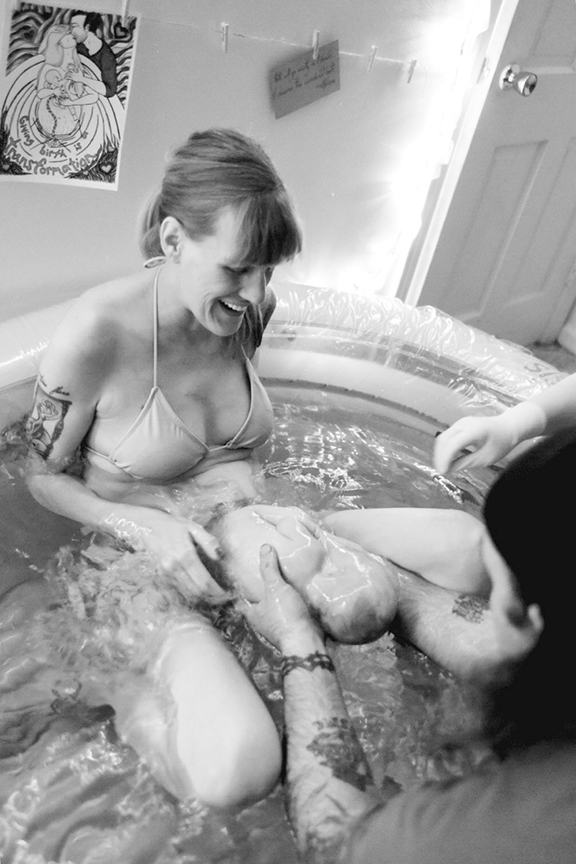
Once You are Able to Get in the Tub, When Should You Get Out?
The question that most women ask is, “When can I get in the tub?” They also wonder when they should get OUT of the tub.
Once you are in active labor or have an established, strong, progressing contraction pattern, here are some ideas when getting out of the tub may beneficial or needed.
If you are a first-time mother or having a potentially long labor, you will benefit from getting out of the tub for short, 30 minute stretches to help labor progress. Get out of the tub to pee. Take a break from the water to sit on the birth ball, walk up and down the stairs, and do some lunges or squats. You can always get back in.
Not all first-time moms have long labors, but the potential is higher for this group than with moms who have had a baby or two. Women who are progressing quickly may get in the tub at six centimeters and have their babies just a couple of hours later, or a few minutes later. A woman who is having a long labor can take several hours and more.
Reasons Your Provider Will Ask You to Get Out of the Tub Include:
- Loose stools that cannot be removed with a fishnet, unless the birth is imminent.
- Meconium in the amniotic fluid.
- The water is too hot or cold.
- If your contractions have spaced out or the labor has stalled.
- If mom has an elevated temperature or abnormal vital signs.
- Lack of descent during the second stage of labor.
- To monitor a baby with non-reassuring heart tones, or when the midwife can’t assess the baby’s heart tones in the water.
- To resolve shoulder dystocia.
- If your baby is born with a short umbilical cord.
- To manage a postpartum hemorrhage with heavy bleeding.
- To deliver the placenta. However, it is perfectly fine in most cases to deliver in the tub.
- Any contraindications for remaining in the tub.
Water Practicalities
If you have your baby at a birth center and plan a water birth, the tub will most likely be built-in with continuous hot water available through a tankless system. When planning a water birth at home, you can use a large garden tub or rent or purchase a water birth pool. So the question for home birth parents is – do you have a tankless system? Hot water tanks usually aren’t meant to fill large tubs.
A regular-sized bath tub uses only about 40 gallons of water. A larger tub uses between 60 to 80 gallons. In contrast, a birth pool uses between 118 to 172 gallons of water, depending on the size. Plus, it takes a lot of energy to keep a 118 to 172 gallon body of water warm. During labor, water is removed with buckets and re-filled with a hose – and large pots of water filled with boiling water. Plus, it needs to be changed every 24 hours. After birth, water is drained from a birth pool with a pump
Cochrane, Immersion in water during labour and birth. Issue 5, 2018.
National Institute of Health, National Library of Medicine, Giving birth in the water: experience after 1,825 water deliveries. Retrospective descriptive comparison of water birth and traditional delivery methods. Gynakol Geburtshilfliche Rundsch, 2007.
National Institute of Health, National Library of Medicine, The perceptions and experiences of women who achieved and did not achieve a waterbirth. BMC Pregnancy Childbirth, January 2018.



